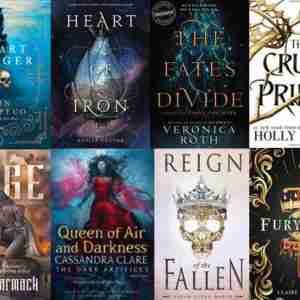Solanin, lost millennials

I came across Solanin by chance, browsing some comics in the local comic book store. Thick, and with a serene cover, this graphic novel caught my eye. After navigating some of its pages I decided to give it a go. The reasons are many: it brought back so many memories from Tokyo, and it seemed to talk about lost millennials. A love story, romanticism, a drama, lost young people who try to navigate the world. It is quite far away from what I’m used to read, and yet I took it. Tokyo won my heart, so I needed to read this manga.
Its white and black pages are strong enough as to make me remember the streets I used to walk. Tokyo is a tantalizing city that bewitches you. However, Meiko’s story rang a bell. She is an office lady who hates her job. What is she doing there? Is she going to spend there the rest of her life?
I won’t spoil this manga for you, but many of the questions that Meiko puts herself about her job and where her life is heading are familiar to me. I happened to be in Tokyo, in a similar situation when I started to pose to myself such questions. The working environment isn’t only familiar, but the way the three main characters act is chilling for me. I had friends like that.
Even if this manga might not seem as real to you as it does to me, there are many good questions that many millennials are currently asking themselves. Sure, the shock for Meiko in the comic is fiction, but many of her questions can be true for many of us, even if we’re not really millennials. [What some people understands millennials might not be the same as I understand for the same thing, so you can put me in and out the bag quite easily.]
This is a good manga with a great story. There are no Superheroes, but just young people trying to make the best of their lives. Lost young people who try to figure out what’s going to happen to them in such a weird world. It’s a romance, a drama, an every-day life fictional story that might captivate you. If you have the opportunity, give it a shot!
—

Cultural notes: this manga depicts young Japanese faithfully. I’ve met many Japanese with similar attributes as those given to the main characters. It is realistic. Meiko’s working place is real. The environment of the city is captured perfectly. If you have been in Japan, and if you read this manga, you will find out yourself walking the streets of Tokyo again.
Although the translation loses some of the nuances that Japanese offers, it’s good enough as to capture how Japenese young people feel, how they act and what they do on a daily basis. However, we need to be cautious: this is a good example, but we must not generalize.
Can this manga be used to discover aspects of the Japanese culture and take a peek at it from a geek anthropological perspective? Absolutely yes! You can find it here.
—
Copyright: Images on this post (C) depepi.com (C) Asano Inio





